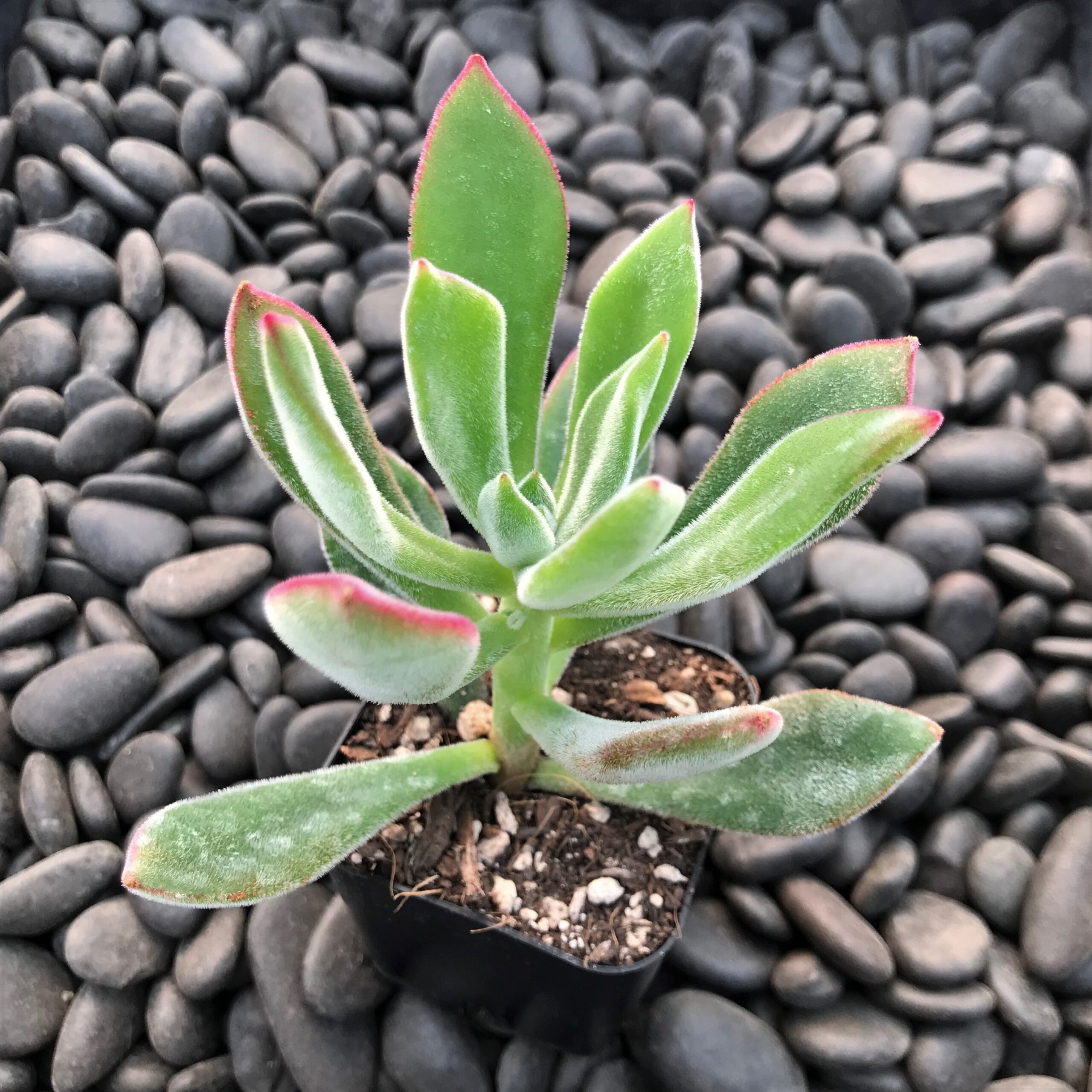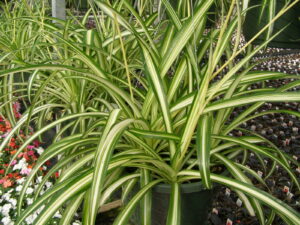Introduction
When it comes to indoor and outdoor plants, few can match the beauty and resilience of the Echeveria plant. This succulent has gained popularity in recent years due to its stunning rosette-shaped leaves and its ability to thrive in various environments. Whether you are an experienced gardener or a beginner, the Echeveria plant is an excellent choice to add a touch of elegance to your home or garden.
What is an Echeveria Plant?
The Echeveria plant belongs to the Crassulaceae family, which is commonly referred to as the stonecrop family. Native to Mexico, Central America, and Northwestern South America, these plants have adapted to arid and semi-arid climates, making them well-suited for dry regions.
The most distinctive feature of the Echeveria plant is its rosette-shaped leaves. These leaves come in a variety of colors, including shades of green, blue, purple, pink, and even black. Some Echeveria species also have a powdery coating, known as farina, on their leaves, adding to their unique appearance.
Types of Echeveria Plants
There are numerous species and cultivars of Echeveria plants, each with its own characteristics and beauty. Here are some popular types:
1. Echeveria elegans (Mexican Snowball)
This Echeveria species has pale green leaves with a powdery coating, giving it a frosty appearance. It forms compact rosettes and produces pink flowers during the summer months.
2. Echeveria agavoides (Lipstick Echeveria)
The Echeveria agavoides is known for its triangular leaves that resemble a lipstick. It has vibrant red edges and a green center. This variety is a favorite among succulent enthusiasts.
3. Echeveria ‘Perle von Nürnberg’
This cultivar features lavender-pink leaves with a slight iridescent sheen. Its rosettes grow up to six inches wide and produce pink flowers on tall stalks.
4. Echeveria ‘Black Prince’
The Echeveria ‘Black Prince’ is a striking plant with dark purplish-black leaves. Its rosettes are compact and offset, creating a stunning contrast against other succulents.
How to Care for Echeveria Plants
Echeveria plants are known for their low maintenance requirements, making them an ideal choice for both experienced gardeners and beginners. Here are some essential care tips:
1. Light
Echeveria plants thrive in bright, indirect light. Place them near a south-facing window or in a well-lit area of your garden. However, be cautious of exposing them to direct sunlight for extended periods, as it can scorch their leaves.
2. Temperature
These plants prefer moderate temperatures ranging from 65°F to 75°F (18°C to 24°C). They can tolerate slightly cooler temperatures during the winter but may suffer damage if exposed to frost.
3. Watering
One of the most crucial aspects of Echeveria plant care is proper watering. These succulents have shallow root systems and are prone to root rot if overwatered. Allow the soil to dry out completely between watering sessions and avoid getting water on the leaves to prevent rot.
4. Soil
Use a well-draining soil mix specifically designed for succulents or cacti. A mixture of potting soil, sand, and perlite is ideal for promoting proper drainage and preventing waterlogged roots.
5. Fertilizer
Echeveria plants do not require frequent fertilization. Feed them with a balanced, water-soluble fertilizer diluted to half strength during the growing season (spring and summer) once every month. Avoid fertilizing during the winter months.
6. Propagation
Echeveria plants are easy to propagate. You can grow new plants from leaf cuttings or offsets (baby plants that grow from the base of the mother plant). Allow the cuttings or offsets to callus for a few days before planting them in well-draining soil.
Benefits of Growing Echeveria Plants
Aside from their stunning appearance, Echeveria plants offer several benefits that make them a popular choice for both indoor and outdoor gardens. Here are some advantages of growing these succulents:
1. Air Purification
Echeveria plants, like other succulents, help improve indoor air quality by absorbing toxins and releasing oxygen. They can effectively remove harmful chemicals, such as formaldehyde and benzene, from the air, creating a healthier living environment.
2. Stress Relief
Gardening and spending time with plants have been proven to reduce stress and promote relaxation. The process of caring for Echeveria plants, such as watering and propagating, can be therapeutic and provide a sense of fulfillment.
3. Aesthetically Pleasing
Echeveria plants are undeniably beautiful, with their vibrant colors and unique leaf shapes. They can enhance the visual appeal of any space, whether it’s a small apartment or a sprawling garden. These succulents also make excellent additions to floral arrangements and terrariums.
4. Drought Tolerance
One of the most significant advantages of Echeveria plants is their ability to withstand drought conditions. Their succulent leaves store water, allowing them to survive long periods without rainfall. This characteristic makes them an excellent choice for water-wise gardening and regions with limited water resources.
Common Issues and Solutions
While Echeveria plants are generally easy to care for, they may encounter some common issues. Here are a few problems you may encounter and their solutions:
1. Overwatering
Overwatering is the most common issue among succulent owners. If you notice your Echeveria’s leaves becoming mushy or translucent, it is a sign of overwatering. Allow the soil to dry out completely before watering again and adjust your watering schedule accordingly.
2. Pest Infestations
Echeveria plants are generally resistant to pests. However, they can still fall victim to mealybugs, aphids, or spider mites. If you notice any signs of infestation, such as webs or sticky residue, use an organic insecticidal soap or neem oil to treat the affected plants.
3. Sunburn
Direct sunlight can scorch the leaves of Echeveria plants, causing them to turn brown or yellow. If your plant shows signs of sunburn, move it to a shadier location or provide some protection, such as a sheer curtain, during the hottest part of the day.
Frequently Asked Questions
1. Can Echeveria plants survive indoors?
Yes, Echeveria plants can thrive indoors as long as they receive sufficient light and are not overwatered. Place them near a window with bright, indirect light to ensure their proper growth.
2. How often should I water my Echeveria plant?
Echeveria plants should be watered only when the soil is completely dry. Depending on the climate and humidity, this can range from every 7 to 14 days. It is essential to observe the plant and adjust the watering frequency accordingly.
3. Can I grow Echeveria plants from seeds?
While it is possible to grow Echeveria plants from seeds, it is a more challenging and time-consuming process compared to propagation from leaf cuttings or offsets. If you decide to grow them from seeds, ensure you provide the right conditions, including proper temperature and moisture levels.
4. How often should I fertilize my Echeveria plant?
Echeveria plants do not require frequent fertilization. It is sufficient to fertilize them once a month during the growing season (spring and summer) with a balanced, water-soluble fertilizer diluted to half strength. Avoid fertilizing during the winter months when the plant is dormant.
5. Can I keep Echeveria plants outside during the winter?
Echeveria plants can tolerate cooler temperatures but are not frost-resistant. If you live in an area with freezing temperatures, it is best to bring your Echeveria plants indoors or provide them with adequate protection, such as a frost cloth or a greenhouse.
Conclusion
The Echeveria plant is a remarkable succulent that offers both beauty and resilience. With their rosette-shaped leaves and vibrant colors, these plants can transform any space into an oasis of elegance. Whether you are a seasoned gardener or just starting your green journey, the Echeveria plant is a perfect choice for its lowmaintenance requirements and ability to thrive in various environments. By following a few simple care tips, such as providing the right amount of light, watering properly, and using well-draining soil, you can enjoy the beauty of Echeveria plants both indoors and outdoors.
In addition to their aesthetic appeal, Echeveria plants offer several benefits. They can help purify the air by removing toxins, reduce stress, and provide a visually pleasing element to any space. Their drought tolerance also makes them an excellent choice for water-wise gardening and regions with limited water resources.
While Echeveria plants are generally easy to care for, they may encounter some common issues, such as overwatering or pest infestations. However, these issues can be easily addressed by adjusting your watering schedule and using organic pest control methods.
In conclusion, the Echeveria plant is a stunning and resilient succulent that can add beauty and elegance to any home or garden. With their unique leaf shapes and vibrant colors, these plants are sure to captivate anyone who sees them. By following proper care guidelines and addressing any potential issues, you can enjoy the beauty of Echeveria plants for years to come.
Frequently Asked Questions
1. Can Echeveria plants survive indoors?
Yes, Echeveria plants can thrive indoors as long as they receive sufficient light and are not overwatered. Place them near a window with bright, indirect light to ensure their proper growth.
2. How often should I water my Echeveria plant?
Echeveria plants should be watered only when the soil is completely dry. Depending on the climate and humidity, this can range from every 7 to 14 days. It is essential to observe the plant and adjust the watering frequency accordingly.
3. Can I grow Echeveria plants from seeds?
While it is possible to grow Echeveria plants from seeds, it is a more challenging and time-consuming process compared to propagation from leaf cuttings or offsets. If you decide to grow them from seeds, ensure you provide the right conditions, including proper temperature and moisture levels.
4. How often should I fertilize my Echeveria plant?
Echeveria plants do not require frequent fertilization. It is sufficient to fertilize them once a month during the growing season (spring and summer) with a balanced, water-soluble fertilizer diluted to half strength. Avoid fertilizing during the winter months when the plant is dormant.
5. Can I keep Echeveria plants outside during the winter?
Echeveria plants can tolerate cooler temperatures but are not frost-resistant. If you live in an area with freezing temperatures, it is best to bring your Echeveria plants indoors or provide them with adequate protection, such as a frost cloth or a greenhouse.
Summary
The Echeveria plant is a beautiful and hardy succulent that can enhance the aesthetics of any space. With their rosette-shaped leaves and vibrant colors, these plants are visually stunning and can be grown both indoors and outdoors. Echeveria plants are low maintenance and can tolerate dry conditions, making them an excellent choice for any gardener, whether experienced or a beginner.
Proper care for Echeveria plants includes providing them with bright, indirect light, watering them only when the soil is completely dry, using well-draining soil, and fertilizing sparingly during the growing season. These plants offer numerous benefits, such as air purification, stress relief, and drought tolerance.
While Echeveria plants are generally easy to care for, it’s important to address common issues such as overwatering or pest infestations. By following the provided care tips and guidelines, you can enjoy the beauty and resilience of Echeveria plants for many years to come.



